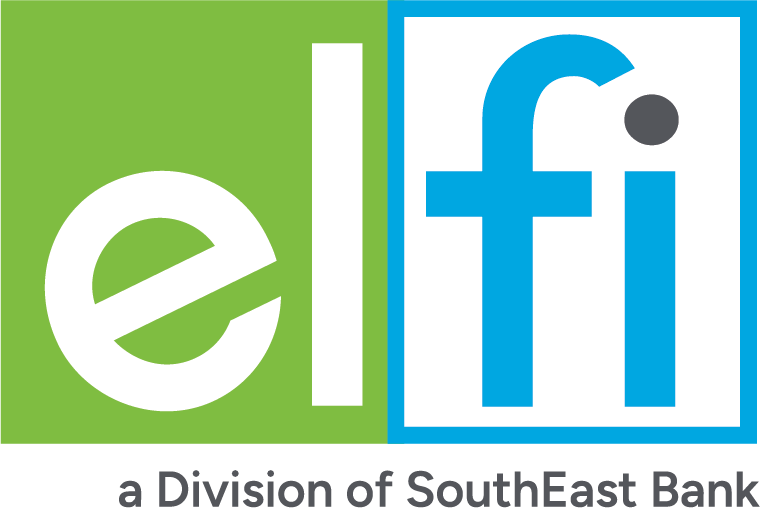Revised Pay As You Earn: How It Works and Whom It’s Best For
Revised Pay As You Earn, or REPAYE, was replaced by the more-generous SAVE plan in the fall of 2023. REPAYE borrowers were automatically transferred to SAVE.

Many, or all, of the products featured on this page are from our advertising partners who compensate us when you take certain actions on our website or click to take an action on their website. However, this does not influence our evaluations. Our opinions are our own. Here is a list of our partners and here's how we make money.
Find the latest
SAVE lawsuits: What borrowers need to know
On-ramp ends Sept. 30, 2024: Make a plan to pay ASAP
Get your loans out of default: Sign up for the Fresh Start program
Student loan scams rising: How to protect yourself
Revised Pay As You Earn, or REPAYE, is an income-driven repayment, or IDR, plan that caps federal student loan payments at 10% of your discretionary income and forgives your remaining balance after 20 or 25 years of repayment.
In the fall of 2023, REPAYE was replaced by a new IDR plan called Saving on A Valuable Education (SAVE) ahead of federal student loan payments resuming, which occurred in October. Borrowers currently enrolled in REPAYE were automatically moved into the SAVE plan, which is the most generous federal student loan repayment program yet and could cut monthly bills in half for many borrowers.
» 'SAVE' DETAILS: The new IDR plan could halve your monthly payments
REPAYE at a glance:
• Repayment length: 20 or 25 years.
• Payment amounts: 10% of your discretionary income.
• Other qualifications: Must have federal direct loans.
• Best for: Non-married borrowers; no grad debt; higher incomes.
The biggest difference between Revised Pay As You Earn and other IDR plans is its interest subsidy. Because income-driven payments are often low — they can be as small as $0 — they may only chip away at the accruing interest on your loans. Interest accumulates fast that way, so most income-driven plans subsidize the difference between your payments and the accruing interest at certain points in repayment.
REPAYE has a more generous subsidy than other income-driven plans, paying the entire difference on subsidized loans and half the difference on unsubsidized loans for the first three years. After that, it covers half the difference on both loan types.
For example, let's say you owe $20,000 in subsidized loans and $80,000 in unsubsidized loans, with both having 5% interest rates. Each month, your subsidized loans would accrue $84 in interest and your unsubsidized loans would accrue $336. If you qualified for $0 payments, the government would pay that entire $84 and half the $336, or $168, for the first three years under REPAYE. After that, your subsidy would be $42 and $168.
Is REPAYE right for you?
Among income-driven options, REPAYE offers the best combination of availability to borrowers and low monthly payments. You may want to choose REPAYE in the following instances:
You’re single.
You don’t have grad school debt.
You expect a much higher future income.
You don’t qualify for other income-driven repayment plans.
REPAYE vs. other income-driven plans
All income-driven plans share some similarities: Each caps payments to between 10% and 20% of your discretionary income and forgives your remaining loan balance after 20 or 25 years of payments. Use Federal Student Aid's Loan Simulator to see how much you might pay under different plans.
If REPAYE doesn't sound right for you, consider one of the other three income-driven repayment plans.
Pay As You Earn (PAYE): good for single borrowers, those without grad debt and those with higher earning potential.
Income-Based Repayment (IBR): good for borrowers who don't qualify for PAYE or have FFELP loans.
Income-Contingent Repayment (ICR): good for parent PLUS borrowers and those who only want to reduce payments slightly.
In most cases, the least confusing way to select an income-driven plan is to let your servicer place you on the one you qualify for that has the lowest monthly payment. But based on its features, specifically choosing REPAYE may be right for you in the following instances:
How to apply for REPAYE
You must enroll in Revised Pay As You Earn. You can do this by mailing a completed income-driven repayment request to your student loan servicer, but it’s easier to complete the process online. You can change your student loan repayment plan at any time.
Visit studentaid.gov. Log in with your Federal Student Aid ID, or create an FSA ID if you don’t have one.
Select income-driven repayment plan request. Preview the form so you know what documents to have ready, like your tax return.
Choose your plan. If you qualify for more than one income-driven repayment plan, you can be automatically placed in the plan with the lowest payment or specifically choose REPAYE if it makes the most sense for you.
Complete the application. Enter the required details about your income and family. Remember to include your spouse’s information, if applicable, as it will affect your payments under REPAYE.
You can temporarily self-report income
Through March 2024, borrowers can self-report their income when applying for or recertifying an income driven-repayment plan, according to the Education Department. That means you don't have to submit tax documentation when you report your income. This can be completed online when you submit the IDR application.
Other ways to pay less
If income-driven repayment isn't right for you, the federal government offers extended repayment and graduated repayment plans, which lower your payments but aren’t based on your income. You may pay more interest under these plans, though, and neither offers loan forgiveness.
You also may be able to pay less by refinancing your student loans. Refinancing federal student loans can be risky, as you’ll lose access to income-driven repayment and other federal loan programs and protections. But if you’re comfortable giving up those options and have strong credit as well as a steady income, refinancing may save you money.
Student loan refinancing from our partners

on SoFi®
SoFi®
4.5
NerdWallet rating
4.5
NerdWallet rating4.49% - 9.99%
650
on SoFi®
on Earnest
Earnest
5.0
NerdWallet rating5.0
NerdWallet rating4.45% - 9.89%
650
on Earnest


